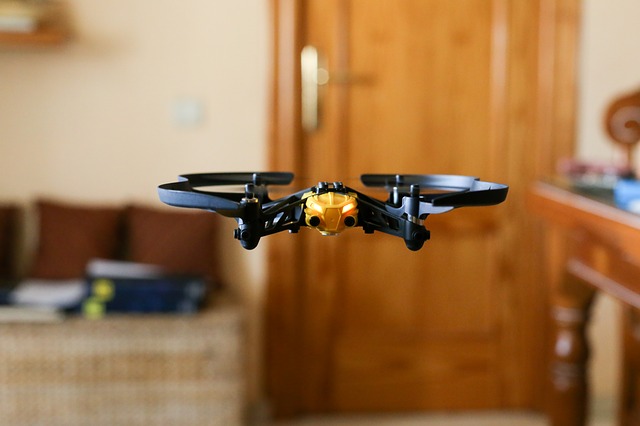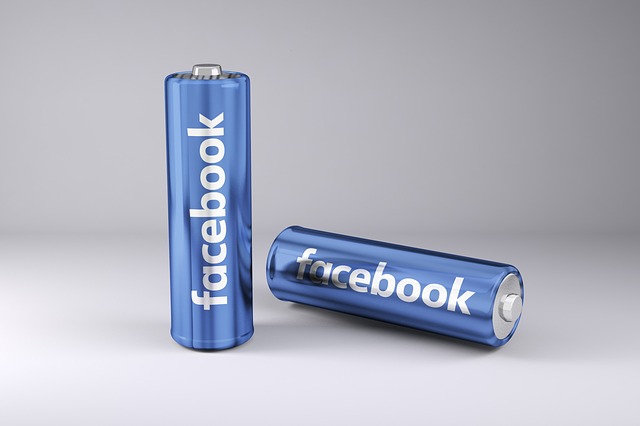Lithium-Ion Battery Home Backup Battery Packs
APR 16, 2020 Pageview:2027
Power outages are inevitable and can be messy. A storm may cut connections for hours or days, leaving you in darkness. Your refrigerator, furnace, or internet will be interrupted, and this may have adverse effects on your life.
Lithium-Ion batteries are gaining popularity and are used to power many homes. The recent lithium-ion technology is creating backup battery packs from its batteries. Thus, the system is able to operate without a full charge, and this state doesn't damage the life or performance of these batteries.
For that reason, investing in a home backup battery pack is helpful for it will provide backup power during blackouts.
Can Lithium-Ion Batteries or Battery Pack Power A House?
For many centuries, most solar-powered homes used lead-acid batteries for their energy storage. However, there has been significant changes in recent years as several companies are opting for lithium-ion batteries for the home energy storage systems. Lithium-ion has become a battery of choice in homes.
A home battery pack provides backup power when the power grid fails. Thus, the battery deploys power in your house and can support your appliances.
These batteries can last up to 10 years, can be charged and discharged without degrading significantly. It actually takes four hours for the slowest battery to charge fully. Further, the advanced lithium-ion battery provides automated, compact, and cloud-connected battery systems for your home with nil or little maintenance.
They are charged by the grid or the solar panels, are self-sustaining and can power you home all night long during an outage with their stored solar energy. The backup battery pack can have 6kWh to over 20kWh based on its size.
How Many Lithium-Ion Batteries Do You Need For Home Backup?
Several factors will determine the number of battery storage for your house.
You need to determine the kind of load that needs to be operated. These are the appliances or lighting needs that you want to power during the outage. Some appliances like electric water heaters, electric stoves, and space heaters have resistive heating systems; thus, they consume a lot of energy at once. It's not advisable to power an air conditioner for the entire house but instead you can use a smaller window-based AC for a specific room.
The length of operation without a recharge is another factor that will guide your decision on how many lithium-ion batteries you will need for your house. For instance, you can acquire a smaller battery system that can power your appliance and support your lighting needs for a single day without being recharged. On the other hand, you can go for a bigger one if you intend to operate it for two or more days without recharging it. Consult an installer who will determine your needs and recommend the best home backup option.
The size of the home backup battery pack will depend on the storage available inside or outside your home. You will need to construct a shade if you decide to place your batteries outside. Therefore, you can have a bigger pack system if you have a bigger space and a smaller one if the available space is limited.
Lithium-ion batteries are expensive as compared to other batteries; thus, the size of the pack will be depend on your budget. However, you may choose a smaller home backup battery pack that powers a few critical appliances during the blackout.
How Can You Power Your House With Lithium-Ion Batteries?
You may be wondering how you can install the home battery backup. The procedure involves mounting the battery on the floor next to the electrical distribution panel. The next step is to rewire the rooms and appliances that you intend to backup. This starts from the main distribution panel going towards the critical load panel, which is placed next to the battery. Rewire the solar panels to the critical load panel also. The next step is to connect the battery to the grid using the main panel to the solar panels and critical load using the critical load panel. The installation procedure doesn't take time; thus, one day is enough for the entire process.
Batteries store energy and not electricity. They have two different materials namely; cathode and anode, which are separated by the non-conducting material called the electrolyte. When the terminals are connected to any electrical circuit, the battery reacts chemically forcing cathode to release molecules that travel across the non-conducting material to anode. The later respond by releasing electrons that power anything connected to it.
The lithium-ion battery stops generating power when there is no volatile molecules moving across the two materials. This is a rechargeable battery; thus a reverse process takes place when charging. In the end, the battery gets charged, and the imbalance is restored
During power outrages, the lithium battery storage systems provide backup power to run your appliances and for lighting. You can use this backup during peak demand hours to reduce your energy prices.
Lithium-ion batteries can store more energy and longer than other batteries. They also waste less energy and don't get heavy. On the other hand, lithium batteries can overheat, catch fire, and melt.
Conclusion
A home battery backup is a crucial component in your home. These batteries support your power needs during outages, for they provide you with energy independence without connecting to the grid. However, you need to pair the backup with solar panels.
Lithium-ion batteries are commonly used because they are rechargeable and can last longer than most batteries in the market.
The size of your home backup battery depends on the number of appliances to be powered, the length of operation, your budget, and the amount of available space.
For that reason, install the solar panel and link them to the lithium batteries. Charge them adequately because they can store more energy, have less energy wastage, and can last more than 10 years.
However, these batteries can melt as a result of overheating and can burn your property.
- Prev Article: How to Tell If a LiPo Battery Is Bad?
- Next Article: Lithium Battery Chemical Formula-Chemical Analysis
Leave Message
Hottest Categories
-
Hottest Industry News
-
Latest Industry News












